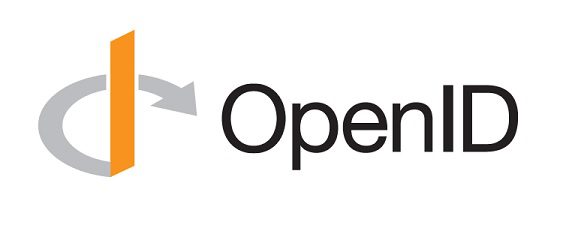
No Issuer Configured for OpenID Connect Provider Error Fix
This “No Issuer Configured for OpenID Connect Provider “error message means that an application trying to use OpenID Connect (OIDC) for authentication can’t find the necessary configuration information about the identity provider (IdP).
Essentially, the application doesn’t know where to go to verify your identity.
Here’s a breakdown of why this happens and how to troubleshoot it:
Understanding the Pieces
- OpenID Connect (OIDC): A modern standard allowing you to log in to applications using an existing account from another provider (like Google, Facebook, or your institution’s login).
- Identity Provider (IdP): The service that manages your identity and provides authentication (e.g., Google, Facebook, your university).
- Issuer: A unique identifier for the IdP. It’s a URL that points to the IdP’s configuration information.
Troubleshooting the Error
Application Configuration:
Identity Provider Issues:
- OIDC Support: Confirm that your IdP actually supports OIDC. Not all identity providers do.
- Configuration Changes: The IdP might have changed its configuration or URLs. Check their documentation or contact their support.
- Temporary Outage: The IdP might be experiencing a temporary outage. Try again later.
Network Problems:
- Firewall/Network Restrictions: A firewall or network configuration might be blocking access to the IdP’s server.
- Connectivity: Ensure you have a stable internet connection.
Also read : www.sonos/diagnostic
OpenId Connect – Login Error access_denied
The “access_denied” error in OpenID Connect means that your attempt to log in was rejected by the identity provider (IdP). This can be frustrating, but let’s break down the common causes and how to fix them.
1. Consent Issues
First-time Login: When you use an application with OpenID Connect for the first time, you often need to grant it permission to access certain information from your IdP (like your email address or profile). If you denied this consent, either accidentally or intentionally, you’ll see this error.
Solution: Try logging in again. This time, carefully review the consent screen and grant the necessary permissions.
Revoked Access: You might have previously granted access to the application but later revoked it through your IdP’s settings.
Solution: Go to your IdP’s account settings (e.g., your Google account settings) and check for connected applications. If you find the application listed, grant it the necessary permissions again.
2. Application Misconfiguration
Incorrect Client ID or Secret: The application needs to be correctly registered with the IdP. If the client ID or client secret (like a password for the app) is incorrect, the IdP won’t authorize the login.
Solution: This usually requires the application developer to fix the configuration on their end. You might need to contact the application’s support for assistance.
Redirect URI Mismatch: After you log in with the IdP, it redirects you back to the application. The redirect URI (the URL where you should end up) must be registered with the IdP and match the application’s settings.
Solution: Again, this is typically an issue the application developer needs to address.
3. IdP Issues
Temporary Outage: The IdP might be experiencing a temporary outage or technical difficulties.
Solution: Try logging in again later.
Policy Changes: The IdP might have updated its security policies, which could affect your access.
Solution: Check the IdP’s website or contact their support for information about any recent policy changes.
4. Network Problems
Firewall/Network Restrictions: A firewall or network configuration might be blocking communication with the IdP.
Solution: If you’re on a corporate or restricted network, contact your network administrator.